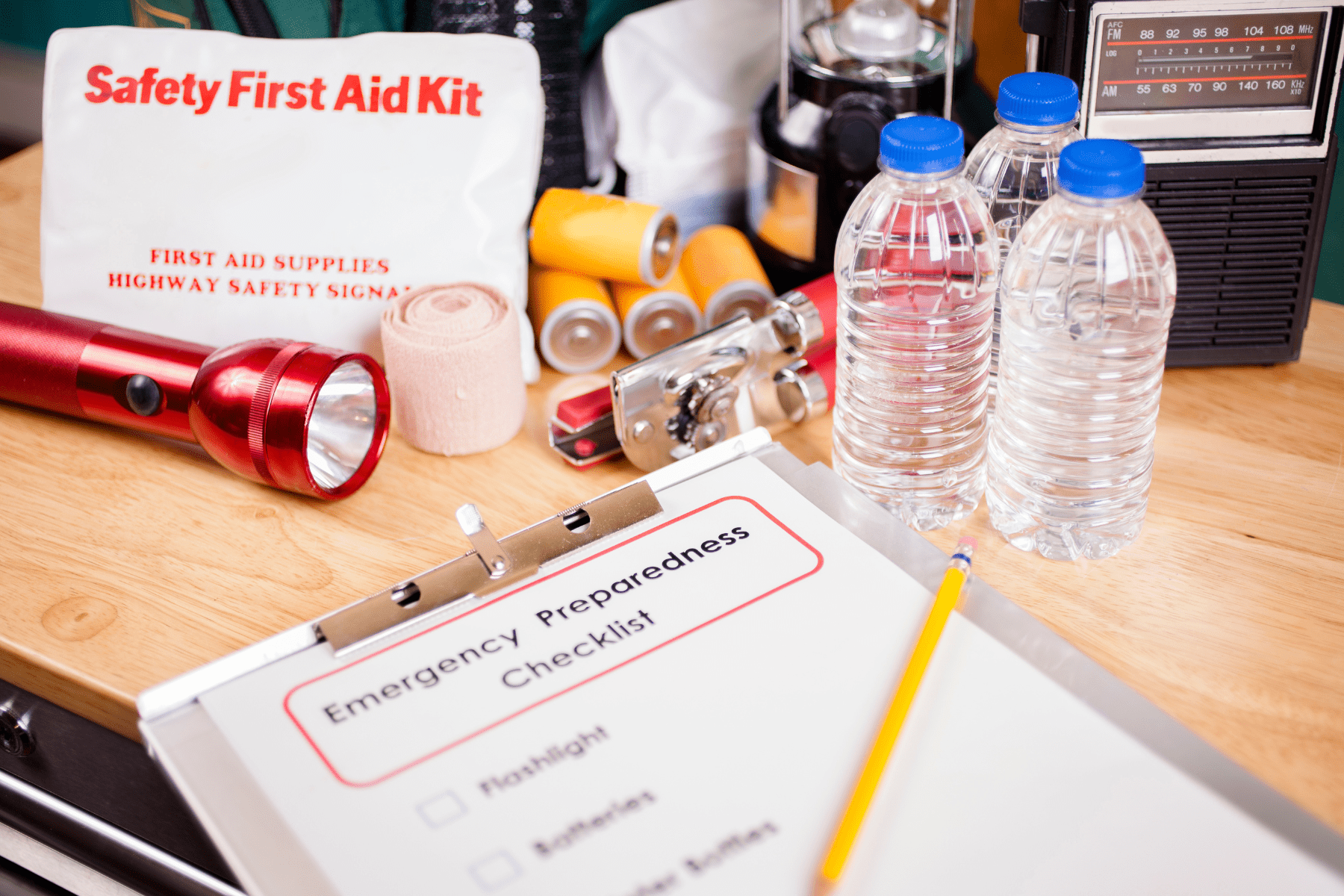Emergency preparedness often gets overlooked when you’re absorbed in the day-to-day work of caregiving. This is especially true in California. Compared to a lot of the country, California is known for relatively low risk for extreme weather, so emergency preparedness doesn’t always take top priority. But emergency situations happen. In fact, there are a lot of situations (both external events and inside the home) that you as a caregiver will want to prepare for to ensure the safety and well-being of your loved one during emergencies. In this article, we will discuss how to be prepared for an emergency as a family caregiver in California. Let’s dive in
Assess Your Loved One’s Needs
Before you can create an emergency preparedness plan, it’s essential to understand your loved one’s specific needs and vulnerabilities. Consider things like their:
- Home location (proximity to medical, fire, or police facilities)
- Home contents (potential or existing physical obstacles)
- Age, independence, and mobility
- Health conditions
- Any medical equipment or medication they rely on
- Etc.
This assessment will help you tailor your emergency plan to their individual requirements.
Create a Support Network
Next, you’ll want to make sure there’s always someone there when needed. Identify friends, family members, or neighbors who can assist during emergencies. You’ll want to consider both physical distance (could they arrive quickly to assist, or are they better suited for starting a phone tree) and other responsibilities (how available are they to assist in an emergency).
Once you’ve identified your network, make sure they are familiar with and available to contribute to your emergency plan.
Develop an Emergency Plan
A well-structured emergency plan is the cornerstone of preparedness. Even if you don’t (or can’t) stick to it exactly in an emergency, having thought through each situation will help you stay calm when you need to most.
The California State Assembly recommends having answers to the following questions:
- Where will you meet loved ones if your home is unavailable?
- Who should your loved one(s) call if you cannot get to them?
- How will you know where to go should you evacuate?
- What should you bring with you?
For your plan, here are some of the key elements to include:
- Evacuation Plan. Determine escape routes and safe meeting places in case of a fire, earthquake, power outage, flood, or another disaster.
Note: Ensure your loved one’s mobility needs are considered.
- Communication Plan. Establish a reliable communication system with your support network and local authorities. Create a list of phone numbers that is easily accessible. Share these contact numbers with everyone who needs them and ensure everyone knows how to reach each other in an emergency.
- Medical Information. Create a medical information document or folder detailing your loved one’s diagnosed conditions, medications, allergies, and doctors’ contact information. Keep copies in a secure, but easily accessible location.
Note: Also create digital copies for easy shareability.
- Emergency Kit. Assemble an emergency kit with essential supplies. Consider including additional medications, medical equipment, first aid supplies, non-perishable food, water, flashlights, batteries, and important documents.
Stay Informed
California is prone to certain natural disasters, such as wildfires, earthquakes, and floods. Make sure you and the loved one in your care stay informed about local risks, emergency alerts, and evacuation orders. Sign up for local alert systems where applicable and follow the guidance provided by emergency management agencies.
Regularly Update Your Emergency Plan
Life circumstances change, and so should your emergency plan. Review and update it regularly to account for any changes in your loved one’s health, medications, or living arrangements. Ensure that your support network remains informed and available by checking in every 3-6 months.
Consider Specialized Care Facilities
In some cases, it may be necessary to consider specialized care facilities for your loved one, especially if their health needs are complex or there aren’t enough people nearby to make emergency plans feasible. These facilities often have more robust emergency plans and trained staff to handle various situations. It’s important to be realistic, both for the health and safety of your loved one, and for your own peace of mind.
Legal and Financial Preparation
Ensure that you have any legal and financial documents in order before disaster strikes. This includes a power of attorney, any advanced healthcare directives, and necessary access to financial accounts. Having these documents readily available can simplify decision-making during emergencies.
Train for Emergencies
Practice your emergency plan with your support network and the loved one(s) in your care. When an emergency situation comes up, it’s a lot easier to run through a plan you’ve experienced before than one you can’t quite remember. That’s why it’s important to conduct regular drills to ensure everyone knows what to do in various scenarios. This practice can help reduce panic and increase efficiency during a real emergency.
Closing Thoughts
Caring for an aging or ailing loved one in California comes with unique challenges, particularly when it comes to emergency preparedness. You can better ensure their safety and well-being during unexpected events by developing and practicing your custom emergency plan.
As a family caregiver in California, we invite you to check out our library of free resources. To get more information about the resources we have available to you as a California caregiver, contact us at the California Caregiver Resource Center nearest to you or join CareNav for free today.
Further Reading: How to Support Independent Living: Keeping Your Loved One Safe and in Their Home
As a family caregiver in California, you know that supporting your aging loved ones at home is a growing challenge. You are essential in helping them stay independent. In this guide to independent living, we’ll show you how to safely support your loved one(s) in their independent living goals. Click here to read all about it.
Share this post: